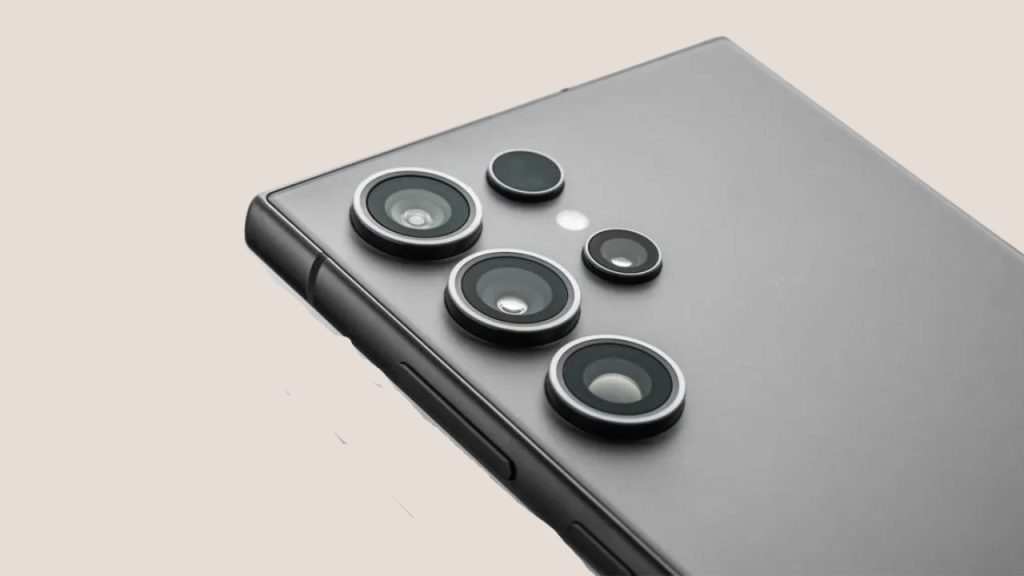The race for the holy grail of night photography has just reached a new milestone. According to technical leaks from Ice Universe, Samsung is shifting away from a purely software-based approach in favor of a physical breakthrough. The 200 MP main sensor (ISOCELL HP2) will retain its resolution but receive a major optical upgrade, with its aperture increasing from f/1.7 to f/1.4.
This transformation works like a pupil expanding in the dark, capturing 47% more light compared to the S25 Ultra. The result is more organic and natural-looking night shots, with less reliance on algorithms. Digital noise, a common issue in low-light photography, will now be tackled through optics rather than software corrections. It’s a bold move, even if it comes at the cost of a slightly shallower depth of field.

Find the plan that fits your needs and budget on PlanHub.ca!
The return of the 3x telephoto lens
After five years of stagnation since the S21 Ultra, Samsung is finally bringing its mid-range zoom back to life. The 3x telephoto lens sensor increases from 10 to 12 MP, a clear response to the competition. This higher resolution promises more defined details in low-light portraits and dusk cityscapes. It marks a symbolic shift, as Samsung implicitly acknowledges that software alone is no longer enough to dominate the zoom race.
Laser autofocus and mysterious selfies
Behind the scenes, two other major changes are taking shape. A new laser sensor is being introduced to fix a long-standing weakness of the Galaxy Ultra series: slow autofocus in low-light conditions. Its purpose is to instantly lock onto moving subjects, even in dimly lit alleyways. As for the front-facing camera, changes are underway but remain undisclosed. Early signs suggest a strong focus on reducing digital noise in nighttime selfies, an area where Apple and Google still lead.
Why is Samsung betting everything on hardware?
This hardware U-turn reveals a tactical urgency. Despite its software achievements like Nightography, Samsung was held back by three major issues compared to Huawei and Xiaomi: artificial-looking night photos, unreliable autofocus, and an outdated 3x zoom.
By focusing on optics, the Korean giant is making a bold move to create night-time RAW files usable by professionals, reduce ghosting effects common in software-based night modes, and offer a credible alternative to the Pixel with its powerful algorithms.






